KZ has come a long way since they obtained wide acclaim years ago with their ZS line-up. Their newest earphones, the KZ ZEX, are direct descendants of those earphones, adding an electrostatic drive on top. In keeping with the KZ tradition of adding drivers upon drivers, the ZEX go somewhat against the current by providing a sound signature that’s actually quite enjoyable overall – especially given the price they’re sold at.
Disclaimer: I received this sample directly from KZ. The ZEX retail for ~$25.
TL;DR: recap
| Pros |
Cons |
| + Light and comfortable
+ Gentle U-shaped tuning + Very good value + Possibly the best KZ earphones to date |
– Treble could use a bit more detail
– Midrange is sometimes a bit muddy |
Rating: 8/10
Packaging & Accessories
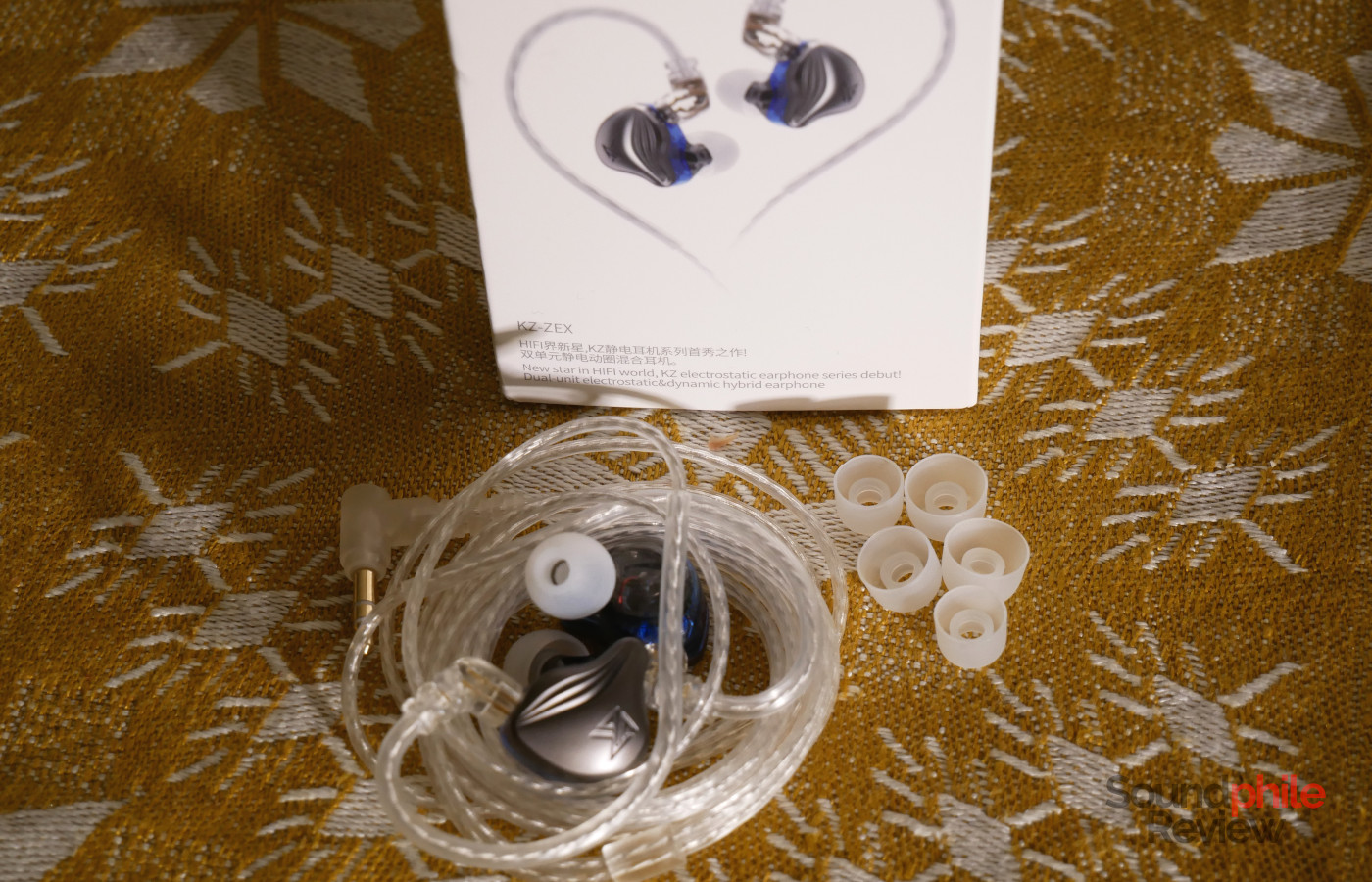
KZ hasn’t changed over the years with their packaging: the simple cardboard box with a plastic window is the same as many years ago, and the content are as well, with a simple set of white silicone eartips as the only accessories.
Design & Comfort
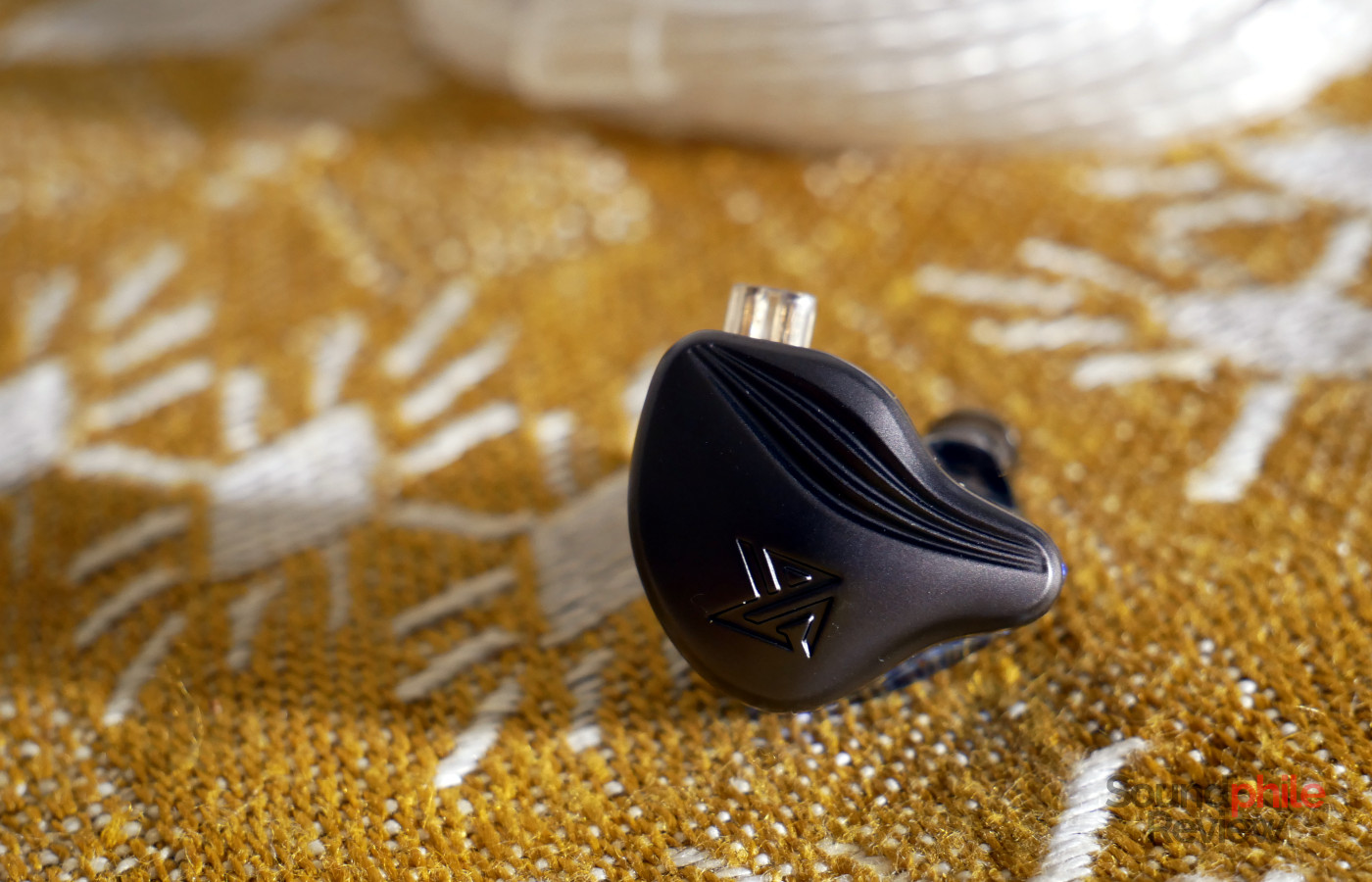
You don’t change a winning team, as they say, so KZ is still using the same shell we found on the KZ ZS10 Pro a while ago. That means the shell is devoid of hard edges, is relatively small and it’s transparent, exposing the innards – something I always find cool! The only difference to the previous KZ earphones is the faceplate, which has the new KZ logo (yes, there’s a new logo which is not as intelligible as the previous ones as “KZ”) and a series of curved lines.
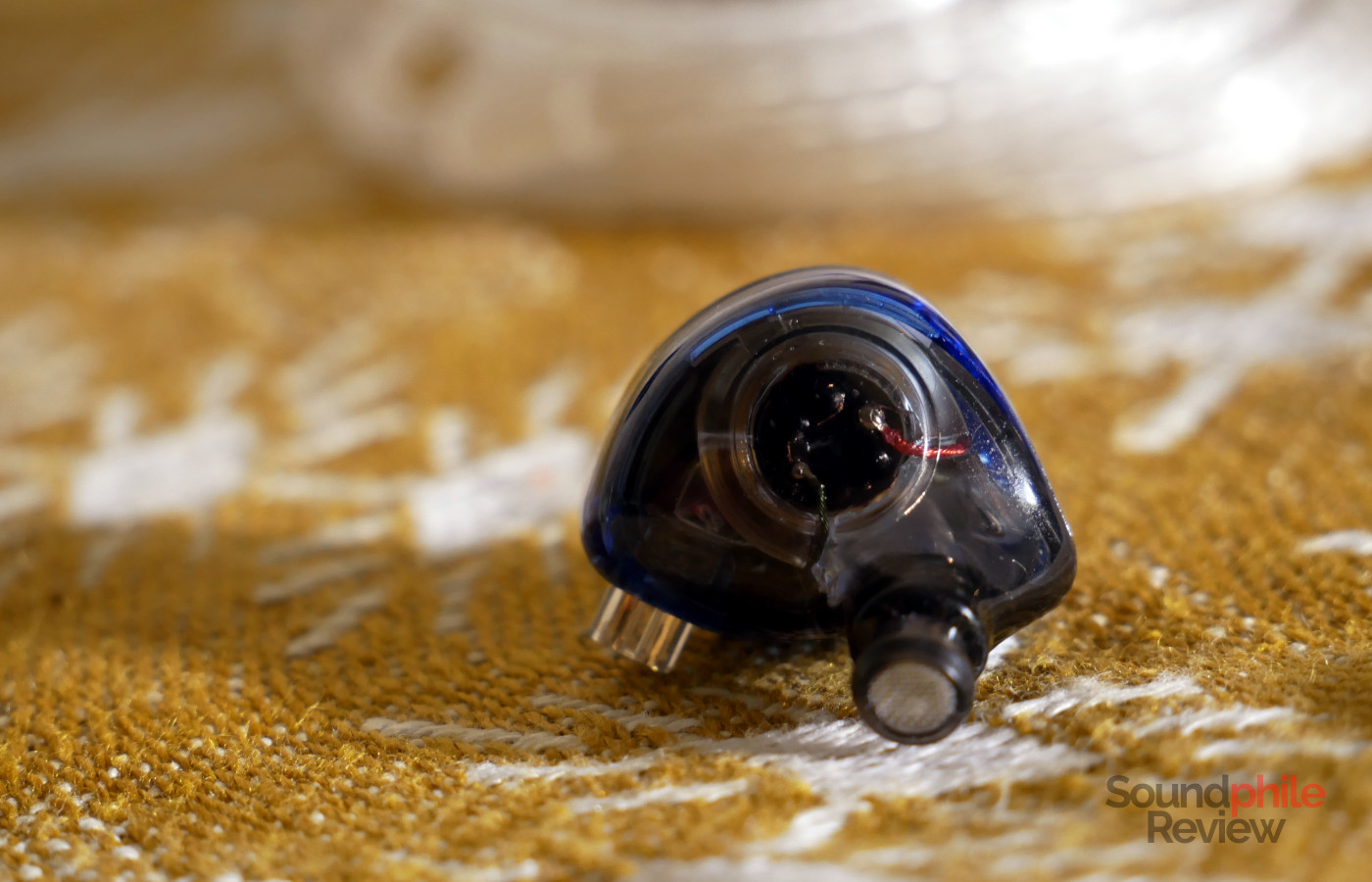
Build quality is actually better than that one would expect from earphones in the sub-$25 price range: the faceplates are made of metal and the shell is a single piece, whch leads to a lower part count and a better solidity. Overall I would say it’s quite good, again considering the price.
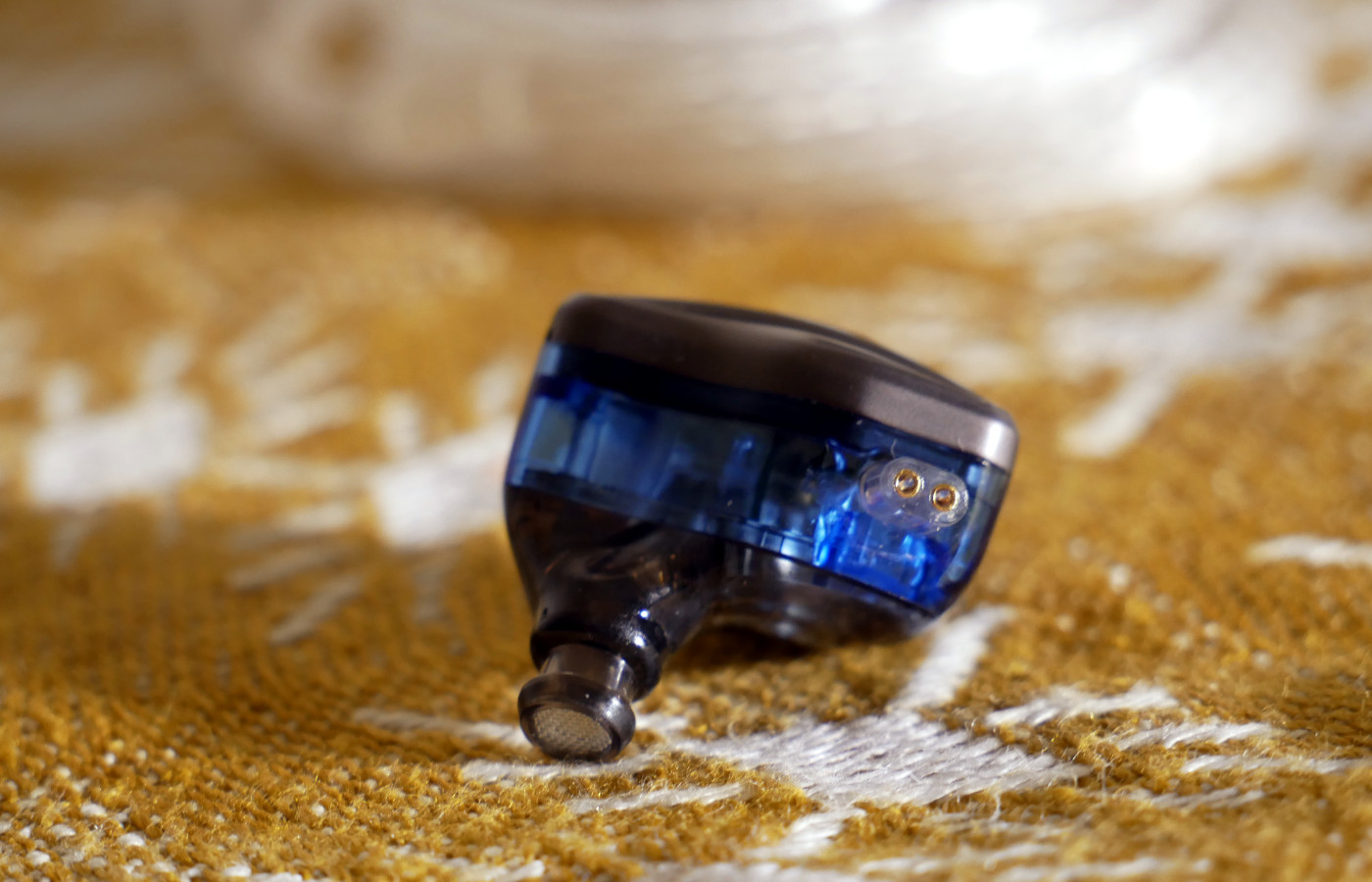
Comfort is great, thanks to the relatively small size and to the absence of hard edges. I can wear the ZEX for a couple of hours and I barely feel any fatigue. Your experience may of course vary, as comfort is even more subjective than audio.
The KZ ZEX offer good isolation, especially if you use them with foam eartips. Although you probably won’t be able to use them in very noisy settings like public transport or an aeroplane, using them at home or in the office shouldn’t be an issue at all.
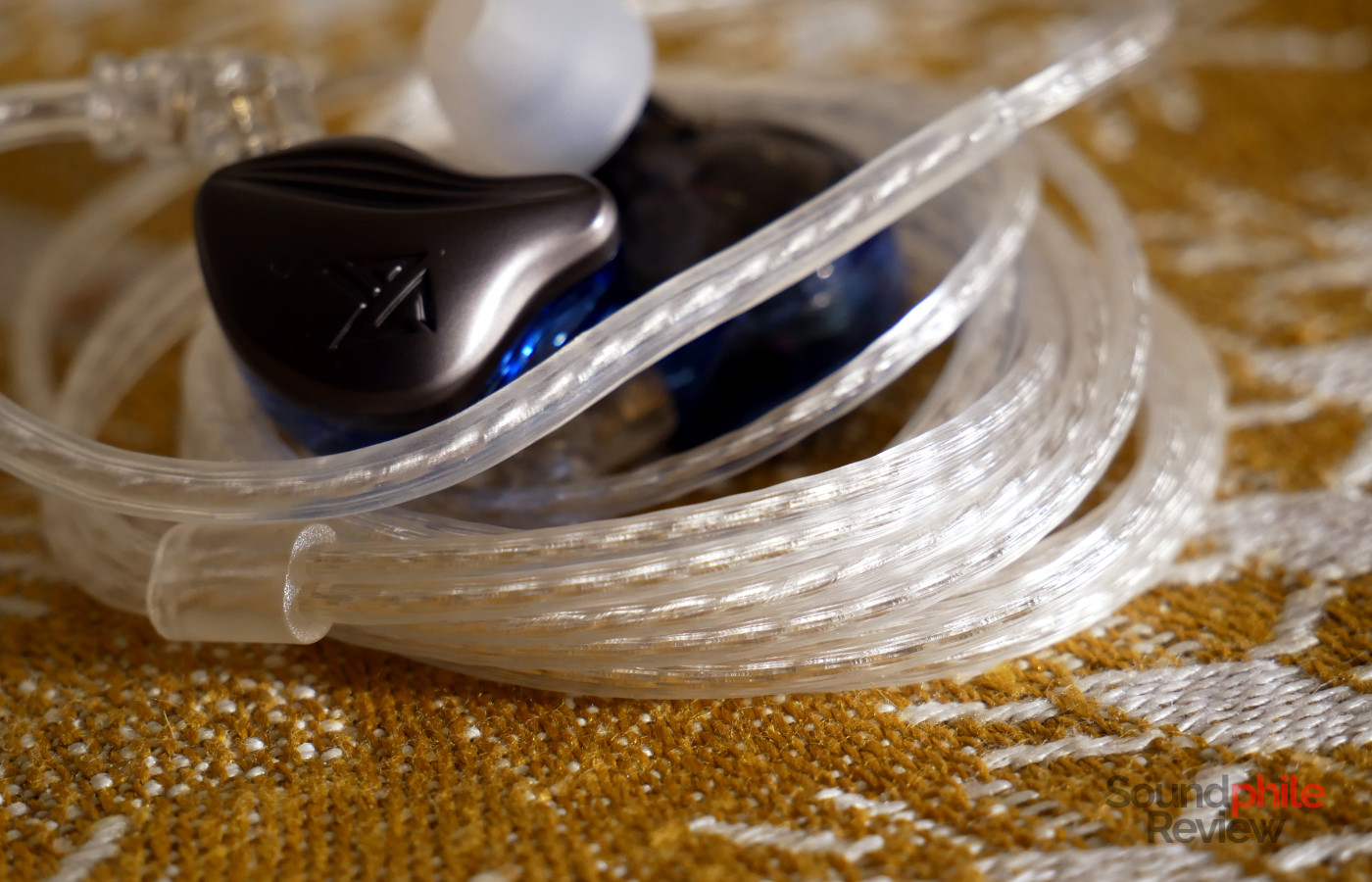
The cable is quite different from those that KZ used a few years ago (last time I reviewed one of their earphones was almost two years ago). The ZEX sport a nice silvery cable made with two individually-sleeved twin cores. It’s decently malleable and has little microphonics. Considering these are entry-level earphones, the cable is quite satisfying.
Sound & Specs
I’ve tested the KZ ZEX with the aid of a Topping DX7 and of a Drop THX AAA 789.
KZ ZEX |
| Frequency response | 20 – 40,000 Hz |
| Impedance | 25 Ω |
| Sensitivity | 103 dB |
The KZ ZEX use a dynamic driver and an electret driver, which is also known as a low-voltage electrostatic driver. While electrostatic drivers such as those used on headphones by Stax or HiFiMAN require a special amplifier as they need high voltage to charge the diaphragm, an electret holds the needed charge from manufacturing. Some say that electret drivers eventually stop working as the charge dissolves over time, but there are electret headphones decades old which still work perfectly, so it’s hard to pronounce a verdict on that.
Soundstage is quite decently wide, especially for closed-back earphones in this price range; it has almost no depth, though, leaving you with a 2D image that extends to your sides. Imaging is sufficient, but limited: you get the distinction between left, centre and right, and little else. Instrument separation is quite good overall, with even complex tracks being rendered well and instruments staying recognisable.
Bass is a bit emphasised, as in KZ’s tradition, but in a limited fashion, so that it never becomes aggressive nor overbearing. It is decently deep, though it does reach its peak in the mid-bass area and then slowly decreases as the frequency goes down. Detail is quite nice, with a good texture that lets you feel the bass lines. Transients are relatively fast, with drumbeats hitting with good physicality and having acceptably short decay – though it’s still far from the immediacy of balanced armatures.
Midrange is nice, but it is not perfectly clean and clear. While the upper region is quite nice and clean, the lower one is less so and is sometimes a bit muddy and lacking clarity. Overall, though, the result is quite interesting, as there is a good balance that leads to most instruments sounding good. There’s a good level of detail that exposes even smaller details quite well. Speed is generally good, but it is better in the upper region, which makes me think that this is actually produced by the electret driver.
Treble strikes a great balance, being clearly audible yet not aggressive. It has at least a small bump in the lower area, but it’s overall not really prominent – treble-sensitive folks will surely appreciate it. Despite its position in the mix, it is heard effortlessly and with a sufficient level of detail as well. It is quite fast overall, with a short decay that gives it a certain immediacy. Treble produced by electrostatic drivers is often referred to as “effortless” and this is quite an apt description, as you can hear it clearly and without effort nor fatigue.
KZ ZEX Comparisons
Here’s a brief comparison of the KZ ZEX against a couple of competitors:
- KZ ZEX vs CCA CA16 Pro: the ZEX offer more, deeper bass that’s also faster and tighter, with better texture and more detail as well as much better physicality. Midrange has better balance, as it is not as shifted to the upper area, while also offering better balance and better clarity. Treble lacks the fatiguing peaks that characterise the CA16 Pro, but on the other hand it offers less detail. Soundstage is deeper on the CA16 Pro, but wider on the ZEX; imaging is better on the ZEX; surprisingly enough, instrument separation is better on the ZEX. The ZEX, despite costing a bit more than a third of the CA16 Pro, are the better option!
- KZ ZEX vs Tin HiFi T2 Plus: the KZ ZEX have more bass and especially sub-bass, but the T2 Plus offer slightly better speed and detail; the difference is not massive, but it’s noticeable. Midrange is brighter and cleaner on the Tin HiFi, while the ZEX sound slightly warmer; in terms of detail, the T2 Plus win by a relatively small margin. Treble on the T2 Plus is further forward and it is also significantly more detailed and nuanced than the ZEX’s. Soundstage is slightly deeper on the T2 Plus, although it’s not much wider. Imaging and instrument separation are better on the T2 Plus as well, though the difference is not massive. Overall the KZ ZEX come out of this comparison with quite good results and they can be considered a good alternative for those who want a bit more colour in their music.
Final Thoughts
The KZ ZEX are quite the improvement in terms of tuning and mark a significant departure from the way KZ used to tune their earphones. Although the company already released relatively balanced earphones in the past, this is the first time they’re targeting a more neutral target (while still retaining a “U” shape) and they’re managing to get close to it. There’s still a certain amount of colour, but it’s just that – gone seem to be the days of wild treble peaks and large bass bumps. What we have is a thoroughly enjoyable earphone that doesn’t quite compare to the giants of the sub-$50 range, but which can still prove a very valid option when your budget is especially low. The KZ ZEX are great as an introduction to better-quality earphones or as an all-rounder that still gives you some fun.

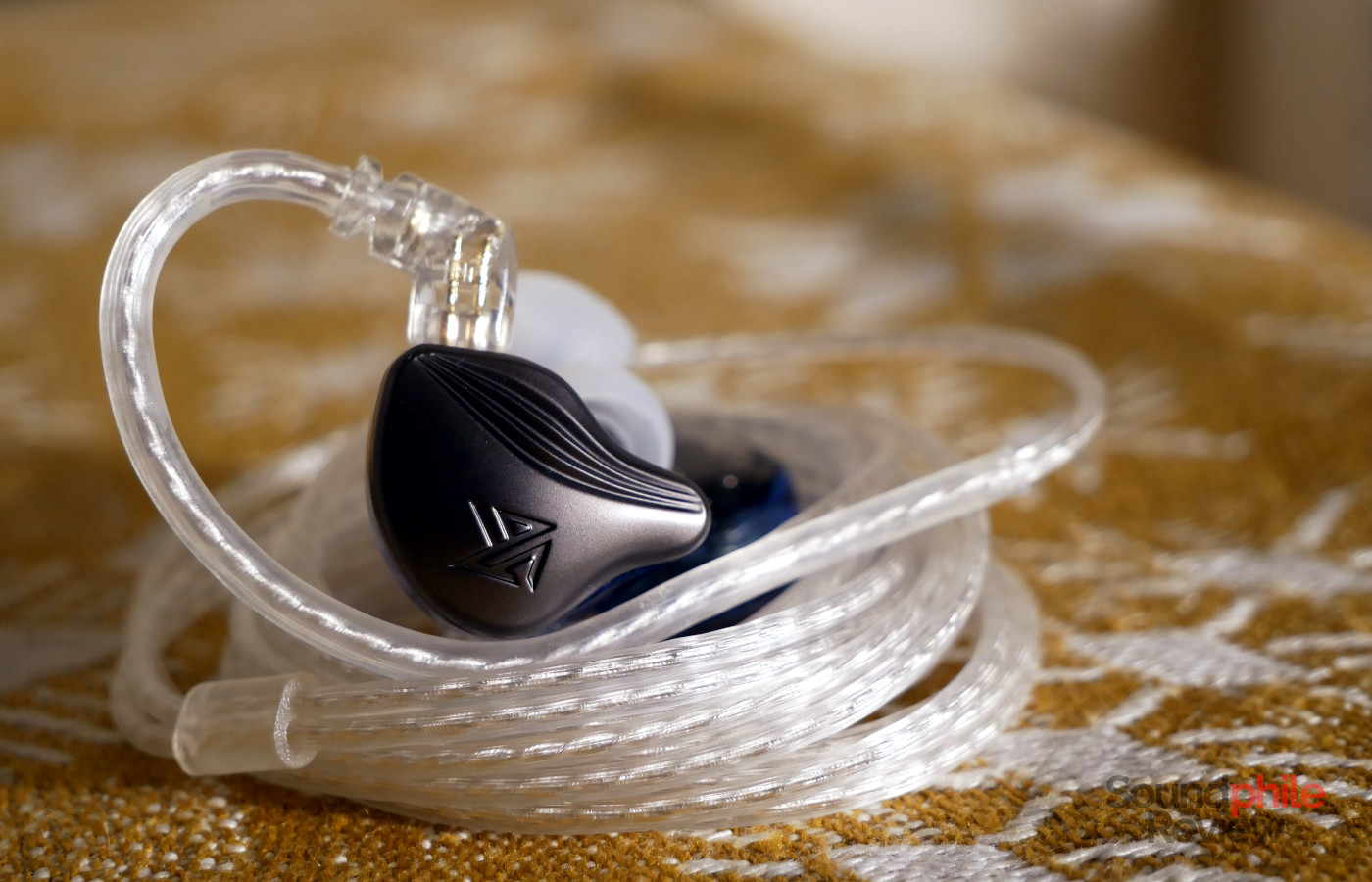







Between KZ Zex and KZ KZ ZSN Pro, whic should ingo for?